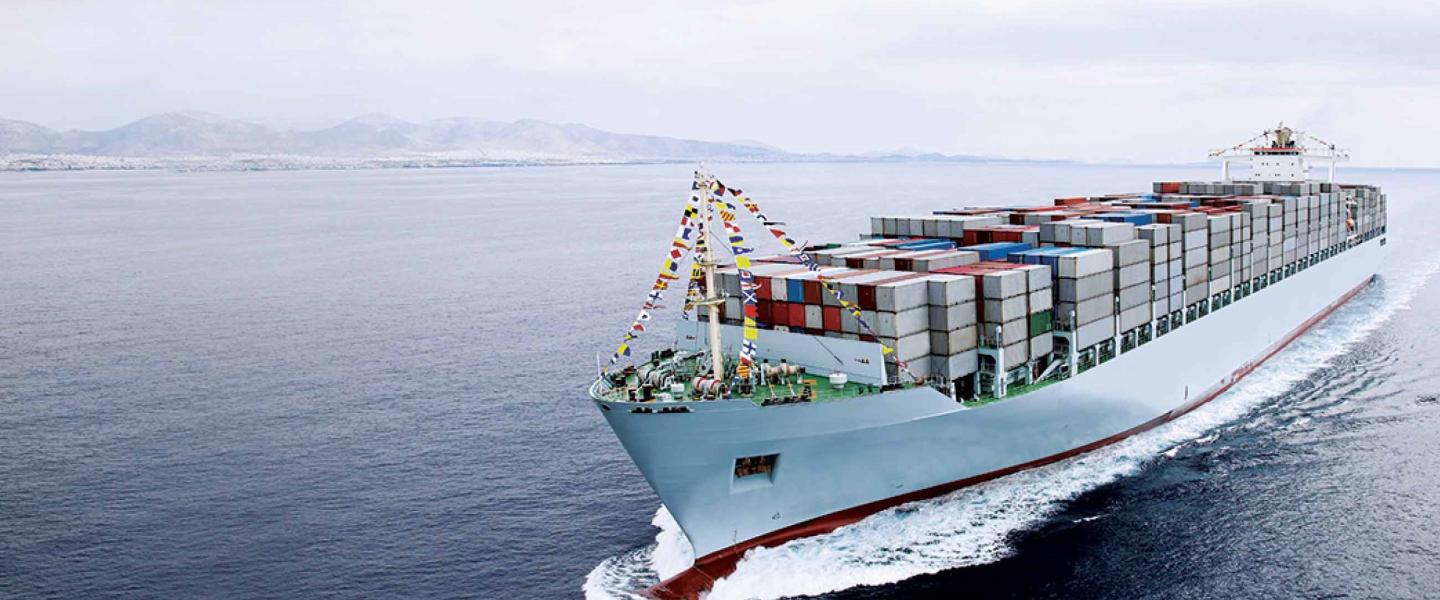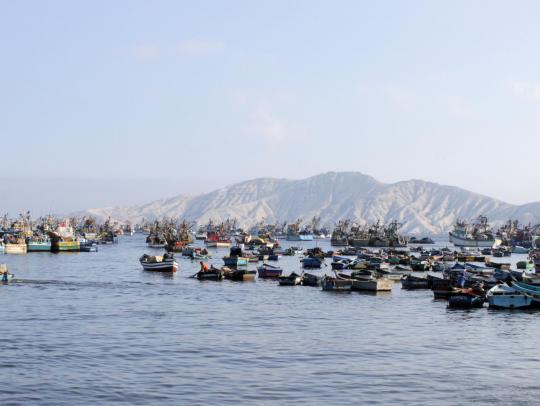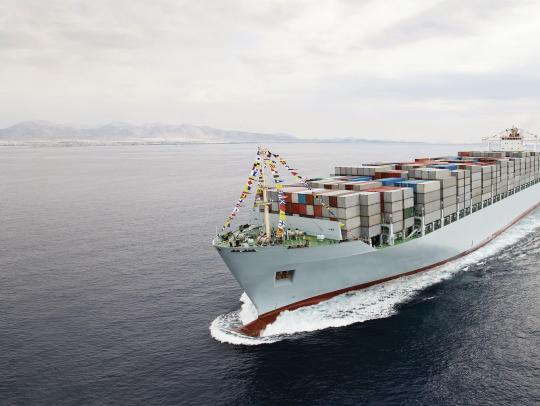Accelerating a New Era for Maritime Connectivity

Always-on broadband connectivity at sea is now becoming a ubiquitous commodity. As passenger expectations evolve, service providers need to explore how best to differentiate their offerings and address the varying demands of diverse maritime segments.
The key for success in the maritime market is flexibility. For service providers, it’s all about having the right mix of satellite beams and ground infrastructure solutions to ensure high Quality of Service (QoS)—and doing so in the most efficient, scalable and profitable manner.
SES takes a highly customer-centric approach to support maritime service providers with new connectivity solutions, each tailored to address their future demands. We do this by combining our GEO and MEO capacity to deliver high-performance coverage for lower cost per bit, massive throughput and low-latency capabilities—to help our customers achieve service differentiation across all geographies.
Our GEO fleet provide extensive coverage over the world’s major shipping routes via dedicated mobility beams. This enables crew and sea passengers to gain seamless access to broadband services, anytime and in any ocean region.
As the maritime industry becomes more accustomed to higher levels of connectivity, there remains a huge opportunity for service providers to tap—and one that cannot be solely addressed through traditional satellite wide beams.
The advent of HTS technology is set to transform maritime communications, by providing massive data throughputs at lower cost per bit. The concentrated power of HTS spot beams is designed to fulfil rising bandwidth demands and offer maritime passengers a connectivity experience as rich as in their own homes.
SES is bringing new HTS capabilities to make high-speed connectivity more accessible for tomorrow’s passengers, whether they are on cruise liners, merchant ships or fishing vessels.
The upcoming SES-14 and SES-15 is ideal for providing both wide-beam and HTS capacity to serve the maritime sector across the Americas. This includes delivering high data throughput for the entire Latin America region, where there is a huge uptick in connectivity demands from the fast-growing luxury cruise market in the Caribbean.
In the case of SES-12, we designed this satellite in close consultation with our key customers in Asia to ensure that every aspect of their requirements is met. This customer-centric approach is evident in how SES-12 will provide customers with immense flexibility to utilise either wide-beam coverage or powerful spot beams to navigate through the challenges and opportunities of the maritime world.
The GEO HTS payloads of these three satellites are further complemented by O3b’s fleet offering. Being positioned closer to the Earth’s surface, the MEO satellite beams are optimised to supply high-speed connectivity to multiple ships simultaneously.
Together, the unique integrated offering of SES GEO capacity and the O3b fleet will bring about a new level of flexibility and scalability that our maritime customers have never seen before.
Explore how our global HTS platform can help you capture new growth areas within the maritime space here



